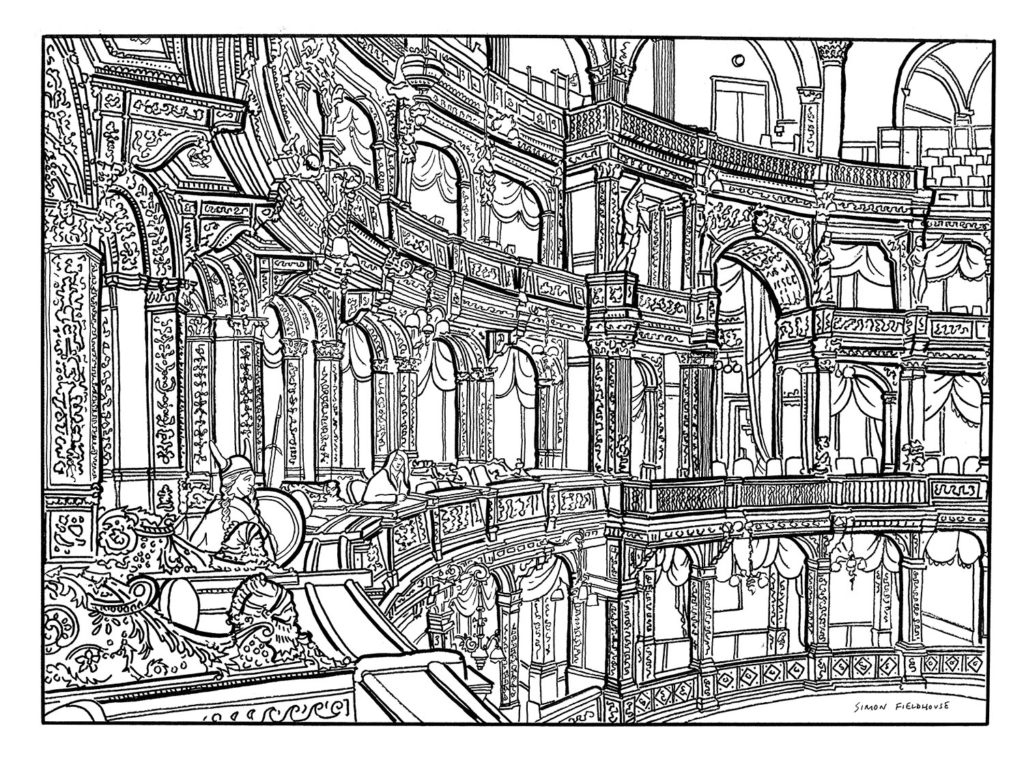
Budapest Opera House
The Hungarian State Opera House is a neo-Renaissance opera house located in central Budapest, Hungary, on Andrássy út. It was designed by Miklós Ybl, a major figure of 19th-century Hungarian architecture. The construction of the building began in 1875 and was funded by the city of Budapest and Emperor Franz Joseph I of Austria-Hungary. The new house opened to the public on September 27, 18841.
The Hungarian State Opera House is one of the most significant heritage buildings in Budapest and is a symbol of Hungarian classical music culture. It is also one of the most important cultural institutions in Hungary. The building is richly decorated and is considered one of Ybl’s masterpieces. It was built in neo-Renaissance style, with elements of Baroque. Ornamentation includes paintings and sculptures by leading figures of Hungarian art including Bertalan Székely, Mór Than, and Károly Lotz2.
The main grand facade of the building follows a musical theme with embellishments of two of the most remarkable Hungarian composers Ferenc Erkel and Franz Liszt sculpted by Alajos Stróbl 3. The symmetrical facade design is made of stone in contrast to the two sides and back, which are plastered. The avenue-facing facade is made up of three parts: the central part with the main entrance and two side wings. The central part has a balcony with six statues representing the muses: Melpomene (tragedy), Terpsichore (dance), Erato (lyric poetry), Euterpe (music), Polyhymnia (sacred poetry), and Thalia (comedy) 2.
The interior design of the building is equally impressive. The auditorium has a horseshoe shape with three levels of boxes decorated with gilded ornaments and sculptures. The ceiling fresco depicts scenes from Greek mythology painted by Károly Lotz 2. The stage machinery was state-of-the-art for its time, featuring hydraulic lifts that could raise or lower entire sections of the stage floor 3.
The Hungarian State Opera House has been an important cultural center for over a century. It has hosted many world-renowned artists such as Gustav Mahler, Richard Strauss, and Béla Bartók 1. Today, it continues to be one of the most important cultural institutions in Hungary, hosting operas, ballets, concerts, and other events throughout the year.
In conclusion, the Hungarian State Opera House is an architectural masterpiece that reflects Hungary’s rich cultural heritage. Its neo-Renaissance style with Baroque elements makes it one of the most significant heritage buildings in Budapest. Its interior design is equally impressive with its horseshoe-shaped auditorium decorated with gilded ornaments and sculptures. The stage machinery was state-of-the-art for its time featuring hydraulic lifts that could raise or lower entire sections of the stage floor. The Hungarian State Opera House continues to be an important cultural center hosting operas, ballets, concerts, and other events throughout the year.